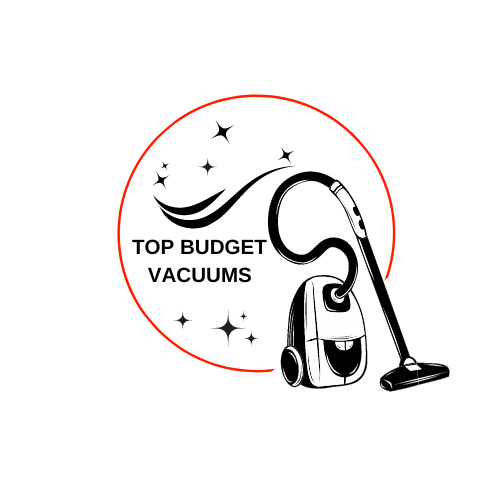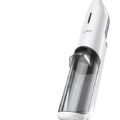In order to maximize the efficiency and performance of your vacuum cleaner, it is important to understand what constitutes a good airflow. The airflow of a vacuum cleaner refers to the amount of air that is moving through the device to help pick up dirt and debris. A good airflow for a vacuum cleaner is typically around 50-100 cubic feet per minute (CFM). This level of airflow ensures that the vacuum is able to effectively lift and remove dirt from your floors and surfaces, leaving them clean and refreshed. By paying attention to the airflow of your vacuum cleaner, you can ensure that it is operating at its optimal level to keep your home looking its best. What is a good airflow for a vacuum cleaner?
If you’ve ever shopped for a vacuum cleaner, you’ve probably come across the term “airflow” in the specifications. But what exactly does airflow mean, and how does it affect the performance of a vacuum cleaner? In this article, we’ll explore what airflow is, why it’s important, and what constitutes a good airflow for a vacuum cleaner.
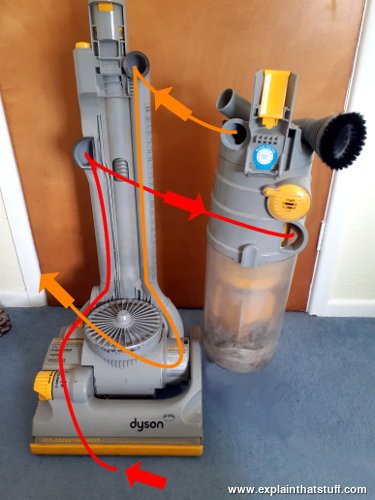
This image is property of cdn4.explainthatstuff.com.
Understanding Airflow
Airflow is a crucial factor in the performance of a vacuum cleaner. It refers to the volume of air that the vacuum cleaner can intake and exhaust in a given amount of time. Essentially, it measures how effectively the vacuum cleaner can move air through its system to create suction and pick up dirt and debris.
When a vacuum cleaner has a high airflow, it means that it can quickly and efficiently move air through its system, resulting in stronger suction power and better overall performance. On the other hand, if a vacuum cleaner has low airflow, it may struggle to pick up debris effectively and leave behind dirt and dust on your floors.
Importance of Airflow in Vacuum Cleaners
Airflow plays a crucial role in the overall cleaning performance of a vacuum cleaner for several reasons:
-
Suction Power: The airflow directly impacts the suction power of a vacuum cleaner. A higher airflow means stronger suction, which allows the vacuum to pick up dirt, dust, and debris more effectively.
-
Filtration: Good airflow is essential for maintaining proper filtration in a vacuum cleaner. Efficient airflow ensures that air passes through the filters smoothly, trapping dust and allergens and preventing them from being released back into your home.
-
Cleaning Efficiency: Proper airflow ensures that dirt and debris are lifted off the floor and into the vacuum cleaner’s dustbin or bag efficiently. Without adequate airflow, the vacuum cleaner may struggle to pick up larger particles or embedded dirt.
Factors Affecting Airflow in Vacuum Cleaners
Several factors can affect the airflow of a vacuum cleaner, including:
-
Motor Power: The motor of a vacuum cleaner is responsible for generating the airflow. The higher the motor power, the greater the airflow the vacuum cleaner can produce.
-
Design and Seals: The design of the vacuum cleaner, including the seals and air pathways, can impact airflow. A well-designed vacuum with airtight seals will have better airflow than one with leaks or obstructions.
-
Filters: Clogged or dirty filters can restrict airflow in a vacuum cleaner, reducing its performance. Regularly cleaning or replacing filters is essential to maintain optimal airflow.
-
Attachments and Hose Length: Longer hoses or additional attachments can affect the airflow of a vacuum cleaner. Some attachments may cause airflow restrictions, reducing the overall efficiency of the vacuum.
What Is Considered a Good Airflow for a Vacuum Cleaner?
So, what exactly is considered a good airflow for a vacuum cleaner? While the ideal airflow may vary depending on the type and brand of the vacuum cleaner, there are some general guidelines to keep in mind.
On average, a good airflow for a residential vacuum cleaner is around 50-100 cubic feet per minute (CFM). However, some high-performance models may have airflow rates exceeding 100 CFM for superior cleaning power.
When shopping for a vacuum cleaner, pay attention to the airflow specifications provided by the manufacturer. Look for models with higher CFM values for better cleaning performance, especially if you have pets, carpets, or high-traffic areas that require thorough cleaning.
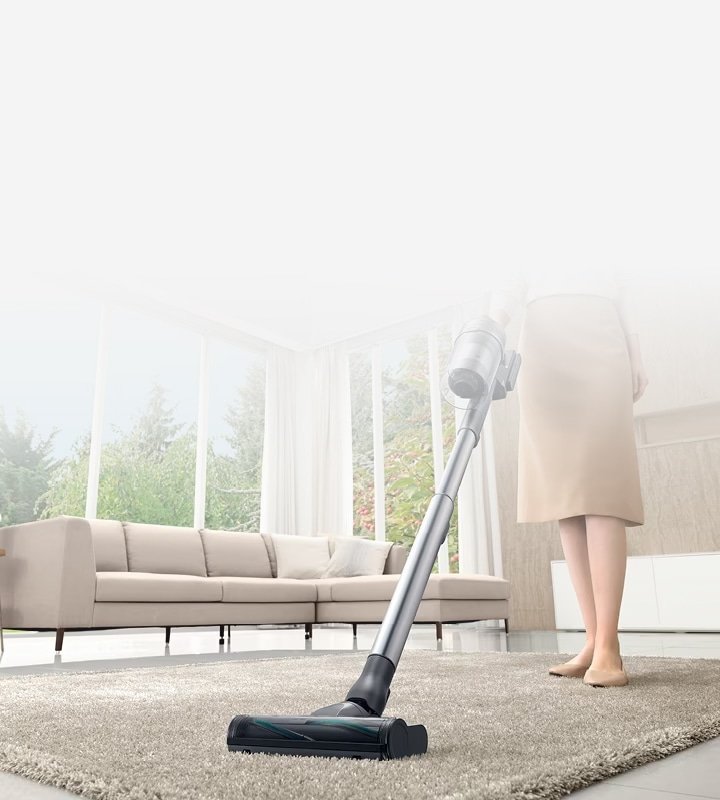
This image is property of images.samsung.com.
How to Measure Airflow in a Vacuum Cleaner?
Measuring airflow in a vacuum cleaner requires specialized equipment, such as an anemometer or airflow meter. However, most consumers don’t have access to these tools for home use. Instead, you can rely on the manufacturer’s specifications and test the vacuum cleaner in real-world conditions to gauge its performance.
Keep in mind that airflow is just one aspect of a vacuum cleaner’s overall performance. Factors such as suction power, filtration, and brush roll efficiency also play a significant role in how well a vacuum cleaner cleans your home.
Tips for Improving Airflow in Your Vacuum Cleaner
If you notice a decrease in airflow or suction power in your vacuum cleaner, there are several steps you can take to improve its performance:
-
Clean or Replace Filters: Clogged filters are a common cause of reduced airflow in vacuum cleaners. Regularly clean or replace the filters according to the manufacturer’s recommendations to maintain optimal airflow.
-
Check for Blockages: Inspect the hoses, brush rolls, and air pathways for any blockages or obstructions that may restrict airflow. Clear any debris or dirt buildup to improve the vacuum cleaner’s suction power.
-
Empty the Dustbin or Bag: A full dustbin or bag can impede airflow in a vacuum cleaner. Empty the dustbin or replace the bag regularly to ensure proper airflow and efficient cleaning.
-
Inspect Seals and Gaskets: Check for any leaks or damage to the seals and gaskets of the vacuum cleaner. Damaged seals can cause air leaks, reducing airflow and affecting the vacuum’s performance.
-
Use the Right Attachments: Some attachments may restrict airflow, affecting the overall efficiency of the vacuum cleaner. Use the appropriate attachments for the cleaning task at hand to maintain optimal airflow.
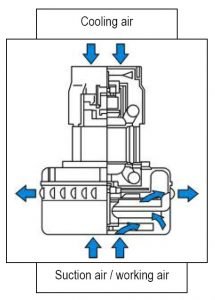
This image is property of broendum.com.
Conclusion
In conclusion, airflow is a critical factor in the performance of a vacuum cleaner. It determines the suction power, filtration efficiency, and overall cleaning performance of the vacuum. When shopping for a vacuum cleaner, look for models with good airflow ratings to ensure thorough cleaning of your home.
By understanding the importance of airflow and how it affects the performance of a vacuum cleaner, you can make an informed decision when selecting the right model for your needs. Remember to maintain your vacuum cleaner regularly to optimize its airflow and keep your home clean and dust-free.
